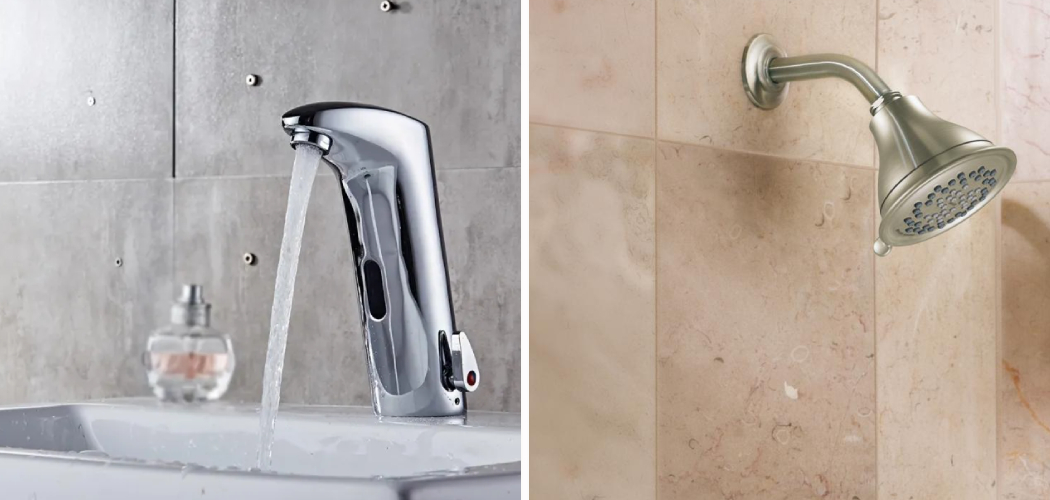Do you have rusty bathroom fixtures? Whether it’s your sink, shower head, or tub drain, rust has a nasty habit of creeping up and wreaking havoc in our bathrooms. When it comes to rust and metal fixtures in the bathroom, we all hate seeing those unsightly orangey-brown patches developing over time.
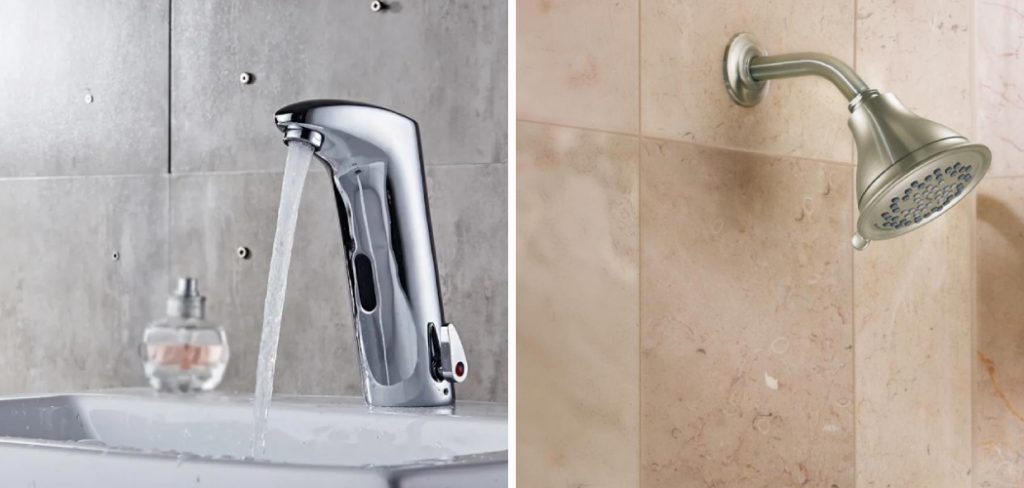
Not only does it detract from the aesthetic of your bathroom, but that corrosion can also destroy the integrity of these items if you don’t act quickly. Not only does rust look gross but it can also make cleaning more difficult and cause lasting damage to the fixture.
That’s why today we’re discussing how to remove rust from bathroom fixtures. We’ll break down everything from prevention tips to home remedy solutions so that nobody will ever have to worry about these unsightly orange stains again.
What Causes Rust in Bathroom Fixtures?
Rust happens when metal is exposed to air and moisture. This can occur in the bathroom because it’s a wet environment with high humidity levels. How quickly rust forms depends on how often water is left sitting on the fixture surface, so it’s important to regularly dry off fixtures after use.
The buildup of minerals from hard water can also add to rusting, so it’s important to look for fixtures with a special finish that resists corrosion and mineral deposits. It is also caused by using harsh cleaners that contain chlorine or other chemical agents.
Required Materials
- Baking Soda
- Vinegar
- Soft clothes or sponges
- Steel wool
10 Instructions for How to Remove Rust From Bathroom Fixtures
1. Mixing
Start by mixing baking soda and vinegar into a paste that’s thick enough to coat the rusty area of your fixture. You can also use a store-bought rust remover or a paste made from baking soda and cream of tartar.
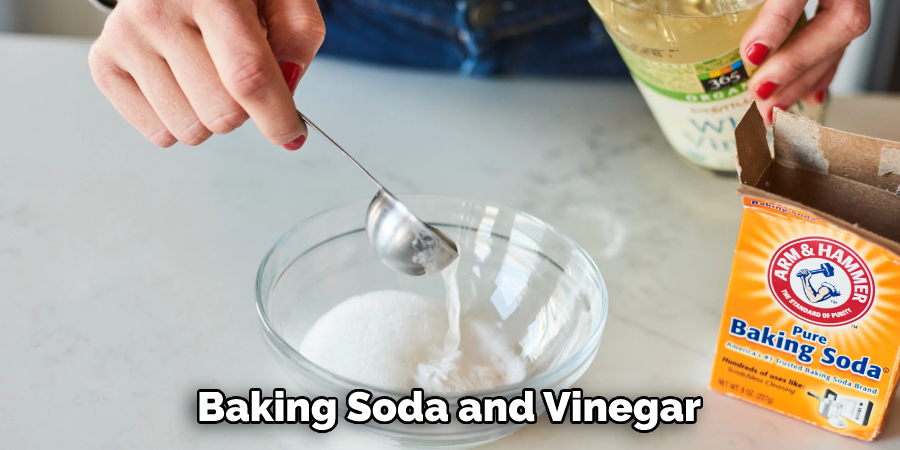
2. Applying
Use a cloth or sponge to rub the paste onto the rusty area until it’s completely covered. Allow the mixture to sit for at least 30 minutes before proceeding to the next step. While applying the mixture, be sure to wear gloves and eye protection.
3. Scrubbing
Using a soft cloth or sponge, gently scrub the rusty area until you see the rust starting to come off. Be careful not to use too much force, as this could damage your fixture. You can also use steel wool if necessary.
4. Wiping
Wipe off the paste with a damp cloth and then rinse thoroughly with water. You may need to repeat this step a few times before the rust is completely gone. Wipe it down one more time with a dry cloth to remove any excess moisture.
5. Inspecting
Inspect the area closely to make sure that all of the rust has been removed. If there are remaining stubborn spots, you can repeat steps 1-4 until they’re gone. Inspect the area to make sure there are no remaining traces of rust.
6. Sealing
To prevent future rust, you can seal the fixture with a sealant such as WD-40 or another product designed for metal surfaces. Apply the sealant in thin layers and let it dry completely before using the fixture again.
7. Protecting
To prevent rust from forming in the future, it’s important to keep your bathroom fixtures dry and clean. Wipe down fixtures regularly with a soft cloth or sponge, and make sure to dry them off completely after every use. You can also use a protective sealant on the fixture if desired.
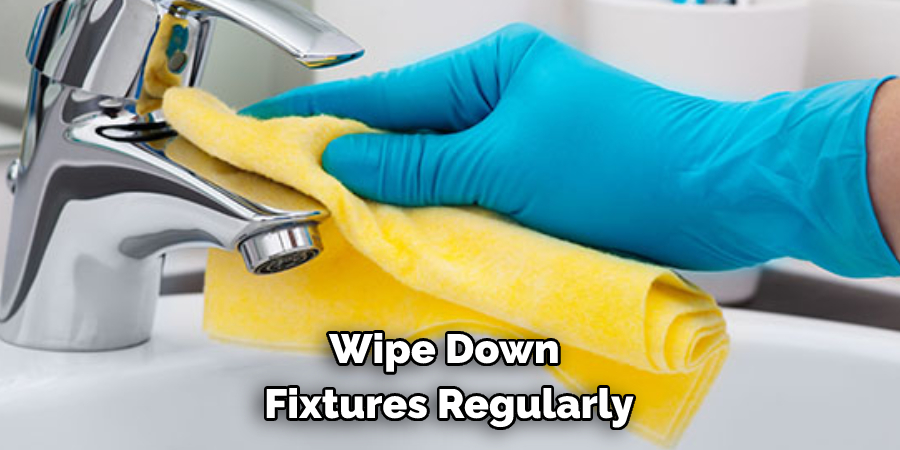
8. Regular Maintenance
It’s a good idea to inspect your bathroom fixtures regularly for signs of rust or corrosion. If you catch any developing rust early, you can act quickly with the steps above to remove it before it becomes worse.
9. Avoiding Harsh Cleaners
The best way to prevent rust is by avoiding harsh cleaners and harsh chemicals that can corrode the surface of metal fixtures. Look for natural cleaning products, or use a mixture of baking soda and vinegar to clean your bathroom fixtures.
10. Cleaning Drain Targets
If you have a shower or bathtub drain, it’s important to make sure that you keep the area around it clear of any rust. Clean the drain target area regularly with a soft cloth or sponge, and make sure to dry them off completely after each use.
Following these steps on how to remove rust from bathroom fixtures will help keep your fixtures looking great for years to come. With regular cleaning and maintenance, you can ensure that your bathroom is rust-free.
8 Maintenance Tips to Prevent Rust in the Bathroom
If you’ve ever had to deal with rusty bathroom fixtures, then you know how difficult it is to remove and repair them. But did you know that there are a few simple steps you can take to help prevent rust from forming in the first place? Read on for 8 maintenance tips to keep your bathroom looking great and rust-free.
1. Clean Regularly
The most important thing you can do is to regularly clean your bathroom fixtures like faucets, handles, and drains. By removing dirt and debris from these surfaces, you’ll limit the chance for corrosion to occur.
2. Use a Sealant
Applying a sealant to your fixtures can help protect them from corrosion. Choose an appropriate sealant and apply it as per the manufacturer’s instructions. The sealant will help keep moisture out and prevent rust from developing.
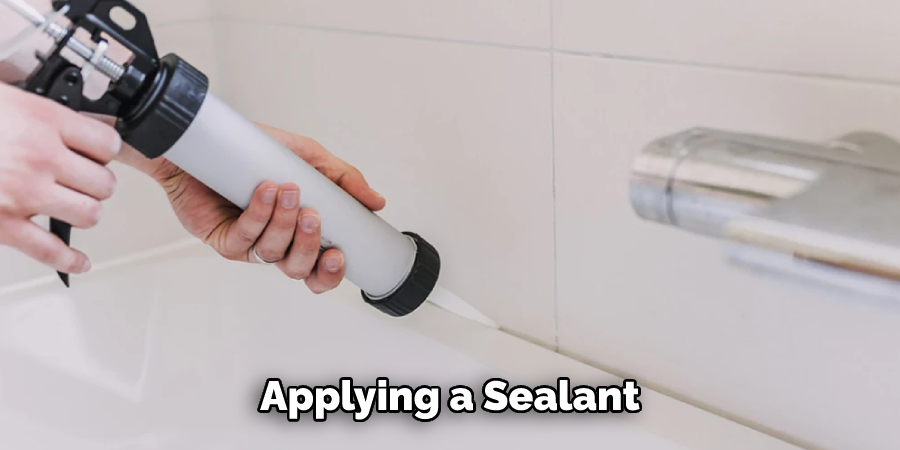
3. Wipe Down After Use
After every use, take a few minutes to wipe down all bathroom fixtures with a soft cloth. This will help remove any water droplets that may have been left behind and keep corrosion at bay. Don’t leave any wet spots where rust can form.
4. Air Out the Room
To reduce moisture in the bathroom, open windows and turn on fans to help air out the room. This will help keep humidity levels low, which can prevent corrosion from forming. It will help keep the air clean and make it easier to clean your bathroom fixtures.
5. Check for Leaks
Check for water leaks around bathroom fixtures, such as faucets and drains, on a regular basis. If you detect a leak, have it repaired immediately to prevent further damage or corrosion. Any leaks or drips should be taken care of quickly to avoid rust buildup.
6. Remove Mineral Deposits
Mineral deposits can build up on bathroom fixtures over time. Be sure to clean away any mineral deposits that may form on faucets and other fixtures to prevent corrosion from occurring.
7. Use a Rust-inhibiting Paint
If your bathroom fixtures are starting to show signs of rust, you can use special rust-inhibiting paint to cover up the corrosion. Make sure to use high-quality paint that will last for years and prevent further damage.
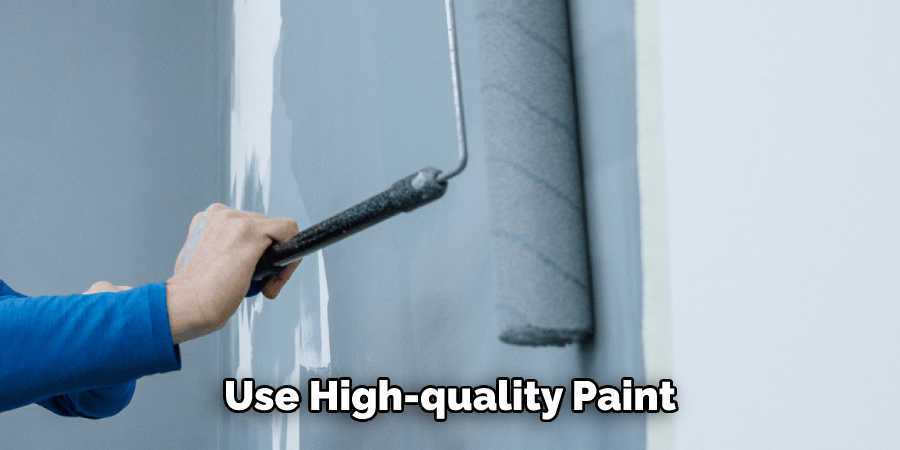
8. Replace Old Fixtures
If your bathroom fixtures are old and corroded beyond repair, it’s time to replace them with new ones. Be sure to look for rust-resistant models that will hold up to regular use and keep your bathroom looking great.
By following these 8 steps, you’ll help ensure that your bathroom fixtures stay rust-free for years to come. Take the time to care for your bathroom fixtures properly, and you’ll be rewarded with a clean and beautiful space!
Frequently Asked Questions
How Long Will It Take to Finish the Project?
The amount of time required to remove rust from bathroom fixtures can vary significantly depending on the extent of the rust, size and type of fixture, as well as other factors. Generally, it is best to set aside an entire day for the project so that you don’t have to rush or take shortcuts.
The process may also require several days if the rust is very deep or on multiple fixtures. Additionally, you should factor in any additional time required for cleaning and polishing the fixtures when it’s finished.
Is It Complicated to Remove Rust From Bathroom Fixtures?
The overall process of removing rust from bathroom fixtures is fairly straightforward but can be quite time-consuming. It is important to thoroughly clean and inspect the fixtures before beginning, as this will ensure that any rust that needs to be removed is identified. Additionally, you should use the correct protective gear and rust removal products when working on the project to prevent further corrosion or damage.
Conclusion
All in all, removing rust from your bathroom fixtures is totally achievable and doable. With the right tools and techniques on how to remove rust from bathroom fixtures, you can quickly restore your fixtures back to their former glory. Just be sure to calmly assess the situation before diving in, and make sure you wear suitable protective equipment at all times.
Avoid harsh abrasives or chemicals as they could damage your fixtures beyond repair and also cause injury to yourself or others. By taking the time to prepare and using gentle cleaners like vinegar, baking soda, bleach, steel wool, or a scrub sponge and elbow grease, your bathroom will soon sparkle again! Rust is something that can easily be conquered with a bit of determination!

